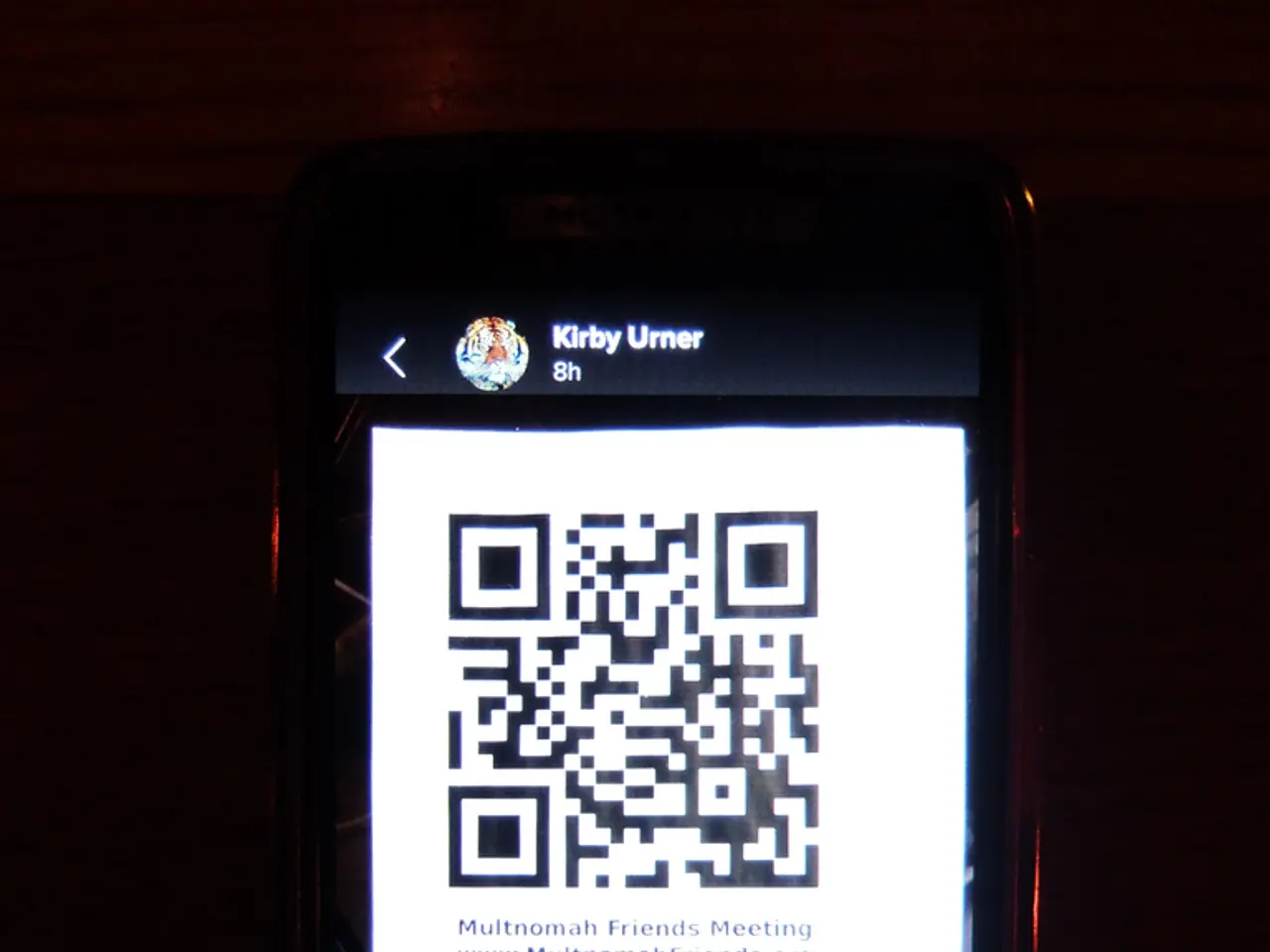Essential Characteristics to Consider in Security Management Software Selection
In today's digital age, choosing the right security management software is crucial for businesses to safeguard their operations from potential threats. Here are the top 10 features to consider when selecting a security management software solution:
1. Threat Detection and Prevention: A robust security software should offer malware, intrusion, ransomware, and exploit detection capabilities to prevent unauthorised activities and compromises on endpoints or networks.
2. Automation and AI-Driven Analytics: Automated workflows and AI-powered threat analysis improve detection accuracy and accelerate incident response, reducing manual workloads and enabling quicker threat containment.
3. Centralized Management Console: A unified platform for configuring policies, managing devices, tracking incidents, and generating reports ensures ease of use and operational efficiency.
4. Compliance Management and Reporting: Built-in tools to generate audit logs, compliance reports, and dashboards aligned with regulatory standards (e.g., GDPR, HIPAA, PCI DSS) help reduce legal and regulatory risks.
5. Patch Management and System Health Monitoring: Automated patching and real-time monitoring of device health and performance protect against vulnerabilities and ensure operational continuity.
6. Data Loss Prevention (DLP) and Access Control: Features to monitor and control sensitive data access, enforce zero-trust policies, and authenticate users prevent accidental or malicious data exposure.
7. Mobile Device and Cloud Environment Coverage: Protection must extend beyond traditional endpoints to include mobile devices and cloud workloads, ensuring consistent security across all platforms.
8. User Interface and Usability: An intuitive, customizable, and role-based interface with clear dashboards enables security teams to prioritise threats effectively and reduces the learning curve.
9. Vulnerability and Application Security Integration: Integration with application security tools for vulnerability detection, API security, and supply chain assessment supports holistic security management.
10. Customer Support and Training: Access to 24/7 support, regular software updates, comprehensive documentation, and training resources is critical for maximising the software's effectiveness and minimising downtime.
In addition to these features, a modern security management software solution should offer a document management module with version control, access controls, and document categorisation, as well as cloud storage for all essential documents. The software should also adapt to evolving industry standards in security management and simplify the incident reporting process, enabling detailed information and standardised reporting protocols.
A live dashboard for real-time insights into security operations is essential, offering a bird's-eye view of ongoing activities and providing live updates. The software should also feature a welfare checks system for routine check-ins with the team to ensure their safety and mental well-being.
A robust report engine is necessary for gaining insights into security operations, offering a range of customizable reports for key performance indicators and trend tracking. The software should also include an invoicing module for accurate and prompt billing, with customizable invoicing templates.
Furthermore, a well-integrated payroll system within the software should automate payroll calculations, tax deductions, and other financial transactions. Time and attendance tracking is important, with features such as real-time monitoring, geotagging, and biometric integration.
Lastly, advanced scheduling capabilities for resource allocation based on fluctuating security needs and the integration of compliance and staff management features are crucial for a comprehensive security management solution.
- To ensure smooth financial management and reduce administrative burden, a modern security management software solution should include an invoicing module for accurate and prompt billing, with customizable invoicing templates.
- In the realm of business technology, a well-integrated payroll system within the software can automate payroll calculations, tax deductions, and other financial transactions, thereby streamlining financial operations.




